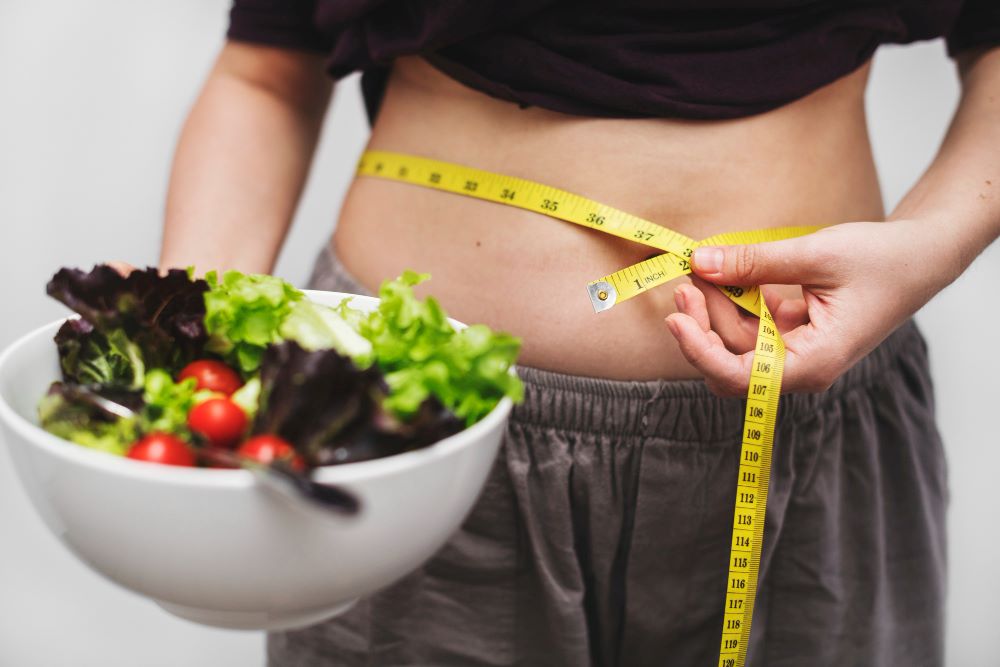Detoxing is a powerful way to cleanse your body, reset your mind, and reclaim your energy. However, it’s essential to approach a detox journey safely and intentionally to avoid pitfalls and achieve lasting benefits. In this guide, we’ll break down the key steps to ensure a safe and effective detox process.
What Is Detoxing?
Detoxing refers to eliminating toxins from your body to enhance overall well-being. While your liver, kidneys, and skin naturally detoxify your body, certain lifestyle changes can support and optimize this process. A detox can help with:
- Boosting energy levels
- Improving digestion
- Enhancing mental clarity
- Supporting a healthy immune system
Set Clear Goals
Before starting a detox, identify your reasons and goals. Are you looking to improve digestion, reset after unhealthy eating habits, or feel more energized? Having clarity will help you choose the right detox plan and stay motivated throughout the journey.
Key Tips: Write down your goals and keep them visible to remind yourself why you started.
Choose the Right Detox Plan
Not all detox methods are created equal, and one size doesn’t fit all. Consider your lifestyle and preferences when selecting a detox plan. Some common approaches include:
- Juice Cleanses: Consuming fresh fruit and vegetable juices for a short period to give your digestive system a break.
- Whole-Food Detox: Eliminating processed foods, sugar, caffeine, and alcohol while focusing on whole, nutrient-rich foods.
- Intermittent Fasting: Incorporating fasting periods to allow your body to reset and enhance cellular repair.
- Herbal Detox: Using herbal teas or supplements to support liver and kidney function.
Key Tips: Consult with a healthcare professional or nutritionist before starting a detox, especially if you have any pre-existing health conditions.
Focus on Hydration
Water is your best friend during a detox. Staying hydrated helps flush out toxins, supports kidney function, and prevents dehydration, which can lead to fatigue and headaches.
Key Tips: Drink at least 8–10 glasses of water daily. Add lemon, cucumber, or mint for a refreshing twist and extra detoxifying benefits.
Nourish Your Body with Whole Foods
Avoid extreme detox methods that rely on deprivation. Instead, fuel your body with whole, unprocessed foods rich in vitamins and antioxidants. Focus on:
- Leafy greens (spinach, kale)
- Cruciferous vegetables (broccoli, cauliflower)
- Fresh fruits (berries, apples)
- Healthy fats (avocados, nuts, seeds)
- Lean proteins (fish, tofu, legumes)
Key Tips: Prepare meals in advance to avoid reaching for unhealthy options when cravings strike.
Prioritize Rest and Relaxation
Detoxing isn’t just physical—it’s also mental and emotional. Stress can counteract the benefits of a detox, so incorporate activities that relax your mind and body.
Key Tips:
- Get 7–8 hours of quality sleep each night.
- Practice mindfulness through meditation, yoga, or deep breathing.
- Take short breaks during the day to recharge.
Be Mindful of Detox Symptoms
As your body eliminates toxins, you might experience some temporary detox symptoms like headaches, fatigue, or irritability. These are normal and should subside within a few days. However, listen to your body and adjust your plan if necessary.
Key Tips: If symptoms become severe, consult a healthcare provider to ensure your detox plan is safe and effective.
Transition Out of Your Detox Gradually
Once your detox period is complete, ease back into your regular routine slowly. Avoid diving straight into processed or unhealthy foods, as this can overwhelm your system and undo the benefits.
Key Tips: Continue incorporating detox-friendly habits, like eating whole foods and drinking plenty of water, into your everyday life for sustained wellness.
A detox journey is a powerful way to reset your body and mind, but it requires careful planning and mindfulness to ensure safety and effectiveness. By setting clear goals, choosing the right plan, staying hydrated, and prioritizing nourishment and rest, you can achieve long-lasting benefits.
